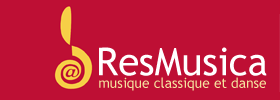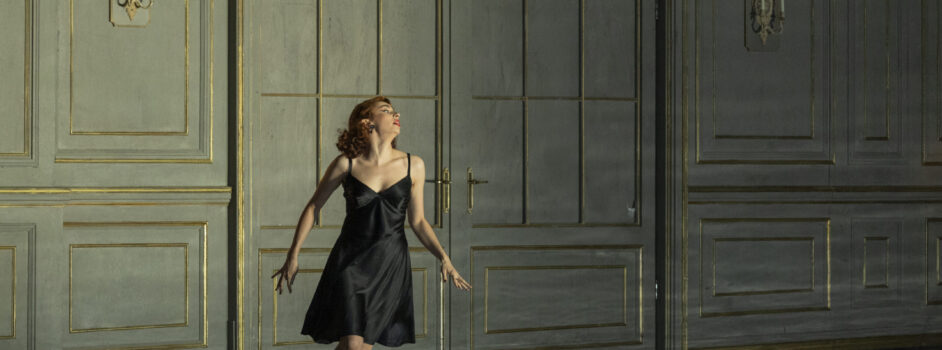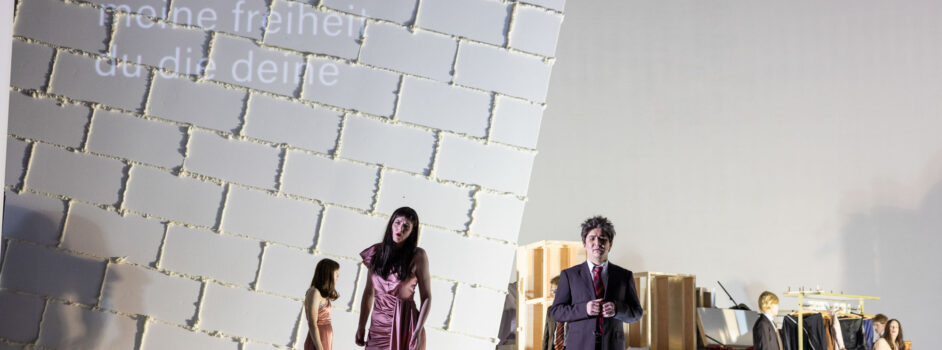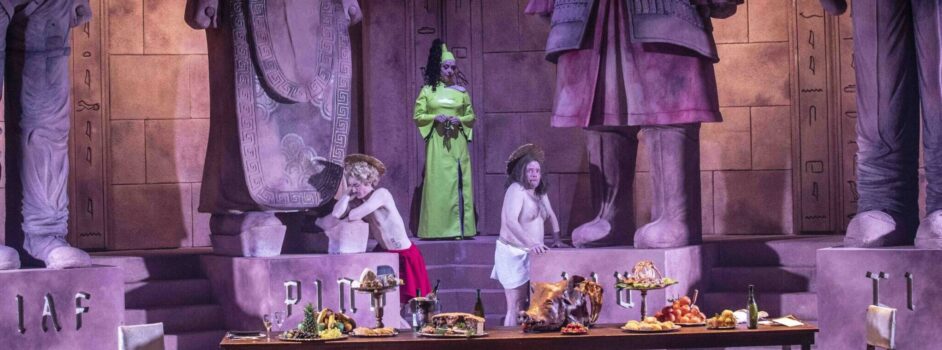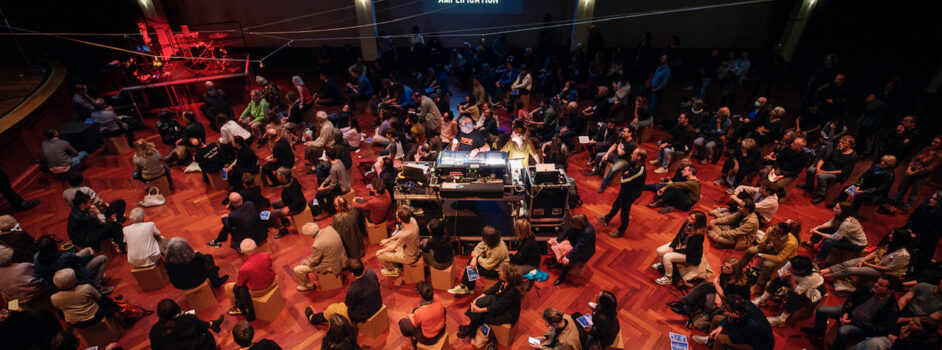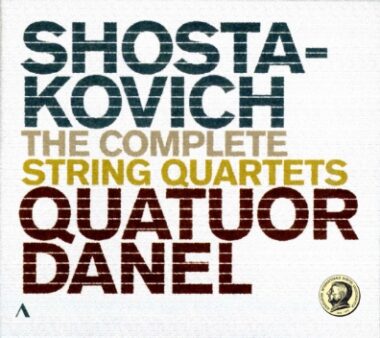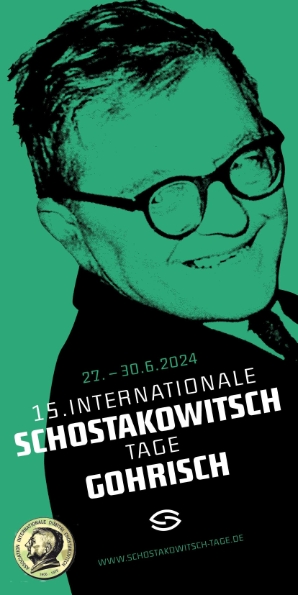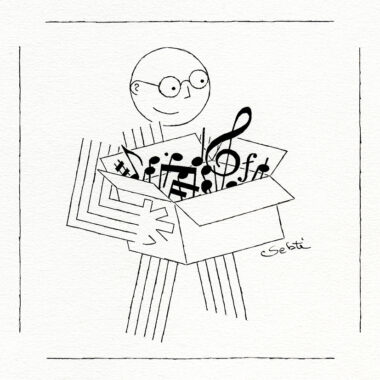Ville Matvejeff leads the Turku Philharmonic Orchestra in Janáček’s Glagolitic Mass
Plus de détails
18.IV-2014. Turku, Turku Cathedral. Sergei Rachmaninoff (1873-1942): The Isle of the Dead, Op. 29. Ville Matjeveff (b. 1986): Ad Astra. Leoš Janáček (1854-1928): Glagolitic Mass. Anna Danik, soprano, Eve-Maud Hubeaux, alto, Christian Juslin, tenor, Waltteri Torikka, bass, Chorus Cathedralis Aboensis. Turku Philharmonic Orchestra, Ville Matjeveff , conductor.
Orchestral concerts in Finland during the Easter season are generally dominated by performances of Bach's Passions. In this concert, the rising conducting talent Ville Matvejeff provided a refreshing alternative, leading the Turku Philharmonic Orchestra in a varied program of Rachmaninoff, Matvejeff , and Janáček.
The Isle of the Dead is one of Rachmaninoff's most atmospheric and somber scores. Inspired by a viewing of Arnold Böcklin's painting of the same name, Rachmaninoff's work evokes an appropriately grey atmosphere by using an oppressive 5/8 rhythm and motivic material based on the Dies Irae chant. While Rachmaninoff does employ long melodic lines, he dispenses with the excessive sentimentality for which he is often known.
Matvejeff led a thoroughly convincing performance of this work. Of particular note was his ability to maintain the shape of Rachmaninoff's long melodies while keeping a sense of inexorable forward movement. Matjeveff's guidance of the music towards the work's several climaxes were especially satisfying.
Matvejeff's Ad Astra begins from the lowest depths of the orchestra, with pitched percussion bringing in rays of light. A contrabassoon solo leads the orchestra out of the darkness. The music builds to a climax of almost cinematic quality, something seemingly ecstatic, before retreating to a quiet, dreamy chorale for upper strings. Largely tonal and highly accessible, this work served as a suitable foil for the darkness of the Rachmaninoff.
The Glagolitic Mass was one of the last major works that Janáček completed. Scored for chorus, organ, four vocal soloists, and orchestra, this piece combines Janáček's unmistakably angular yet melodic style with religious, almost ecstatic, fervor.
Apart from some shaky playing in the upper brass at the opening, it was difficult to find anything to criticize in this excellent performance. The chorus in particular did themselves proud, especially in their magical entrance in the Kyrie. The orchestra played with confidence in what was likely to be somewhat unfamiliar music. As in the Rachmaninoff, Matvejeff's ability to guide the music's shape and flow towards each movement's climax was very effective.
Performing orchestral music in a large cathedral is challenging under most circumstances. While the Turku cathedral does not possess an excessively reverberant acoustic, several key musical details were unfortunately lost throughout the evening. For example, the ominous rowing of cellos in the opening of the Rachmaninoff (particularly important for accentuating the 5/8 meter), the ecstatically sputtering trumpets of the Intrada movement in the Janáček, and the timpani throughout the program. Matjeveff wisely chose appropriately broader tempos in the Kyrie and Gloria movements of the Janáček, thus ensuring that the sometimes jagged motivic material was properly rendered.
In addition to his careers as a pianist and composer, Matjeveff is yet another young Finnish conducting talent to watch. Based on this intelligently conceived and confidently led program, it looks like Matvejeff has a very promising future ahead of him.
Plus de détails
18.IV-2014. Turku, Turku Cathedral. Sergei Rachmaninoff (1873-1942): The Isle of the Dead, Op. 29. Ville Matjeveff (b. 1986): Ad Astra. Leoš Janáček (1854-1928): Glagolitic Mass. Anna Danik, soprano, Eve-Maud Hubeaux, alto, Christian Juslin, tenor, Waltteri Torikka, bass, Chorus Cathedralis Aboensis. Turku Philharmonic Orchestra, Ville Matjeveff , conductor.
